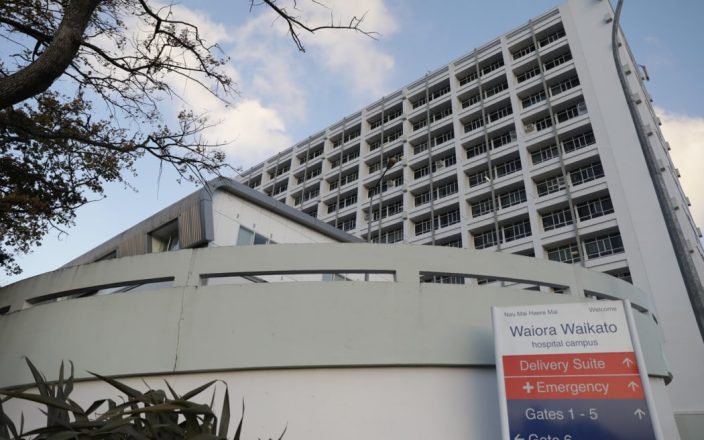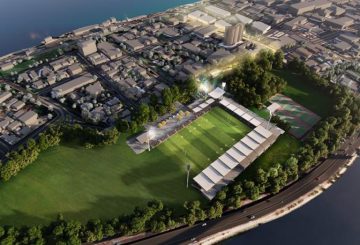Khoa tim mạch tại Bệnh viện Waikato đang phải đối mặt với một vấn đề lớn. Họ cần nhiều giường hơn nhưng hiện có gấp đôi số bệnh nhân mà họ có thể xử lý.
Các bác sĩ cho biết sự chậm trễ trong phẫu thuật tim đang gây ra thời gian chờ đợi lâu, lên đến tám tuần. Điều này có nghĩa là bệnh nhân đang chiếm không gian giường quan trọng ở các khoa khác trong khi họ chờ phẫu thuật. Tiến sĩ Martin Stiles, chủ tịch Hiệp hội Tim mạch New Zealand và là cựu bác sĩ tim mạch tại Waikato, cho biết khoa này được thiết lập cho 54 giường nhưng đã có 109 bệnh nhân vào tuần trước.
Sự tràn tràn này dẫn đến “tắc nghẽn giường”, khiến bệnh nhân trong Khoa Cấp cứu khó có thể có được giường bệnh. Kết quả là, một số bệnh nhân bị mắc kẹt chờ đợi trong phòng cấp cứu hoặc trong xe cứu thương. Hiện tại, có 20 bệnh nhân nội trú đang chờ phẫu thuật. Tiến sĩ Stiles nói rằng nếu ai đó bị đau tim cần phẫu thuật, họ có thể phải đợi bốn hoặc năm tuần.
Health New Zealand báo cáo thời gian chờ đợi trung bình tại Waikato là 29 ngày, nhưng con số này không chính xác đối với tất cả mọi người. Bệnh nhân có nhu cầu khẩn cấp được phẫu thuật nhanh hơn, trong khi những người có ít triệu chứng hơn có thể chờ đợi lâu hơn; một bệnh nhân gần đây đã đợi 54 ngày.
Sự chậm trễ là do các vấn đề tài nguyên như thiết bị hỏng, bác sĩ phẫu thuật mệt mỏi và khối lượng công việc bệnh viện cao. Waikato cũng thiếu một phòng chăm sóc tim mạch chuyên dụng, điều đó có nghĩa là nếu có khủng hoảng, như một vụ tai nạn xe hơi, phẫu thuật tim sẽ bị hoãn lại.
Waikato từng gửi một số bệnh nhân đến Auckland và Wellington để phẫu thuật, nhưng điều đó đã dừng lại. Đôi khi họ sử dụng bệnh viện tư nhân Braemar gần đó để phẫu thuật.
Tại New Zealand, có năm đơn vị phẫu thuật tim, với thời gian chờ đợi ngắn nhất ở Wellington là khoảng hai đến ba tuần. Tiến sĩ Sarah Fairley, một bác sĩ tim mạch can thiệp, chỉ ra rằng ngay cả sự chờ đợi này cũng quá lâu. Cô đề cập đến các vấn đề tài trợ và thiết bị lỗi thời là những yếu tố góp phần vào vấn đề.
Michelle Sutherland của Health New Zealand thừa nhận áp lực đối với dịch vụ do nhu cầu cao và thiếu lực lượng lao động. Bà cho biết họ đang sử dụng các cơ sở tư nhân như Braemar để lấp đầy những khoảng trống trong hệ thống công cộng, nhưng điều này không làm giảm nguồn lực từ y tế công cộng.
Sutherland nói rằng Bệnh viện Waikato có thiết bị tiên tiến, nhưng số lượng bệnh nhân cao là một thách thức ảnh hưởng đến tất cả các lĩnh vực, không chỉ tim mạch.



















































-360x245.jpg)









